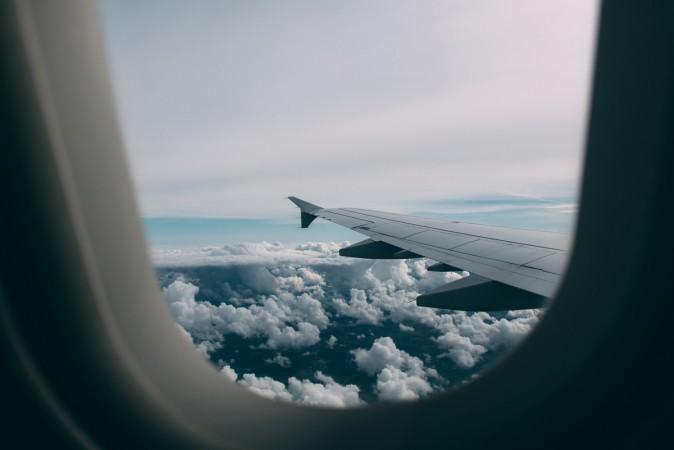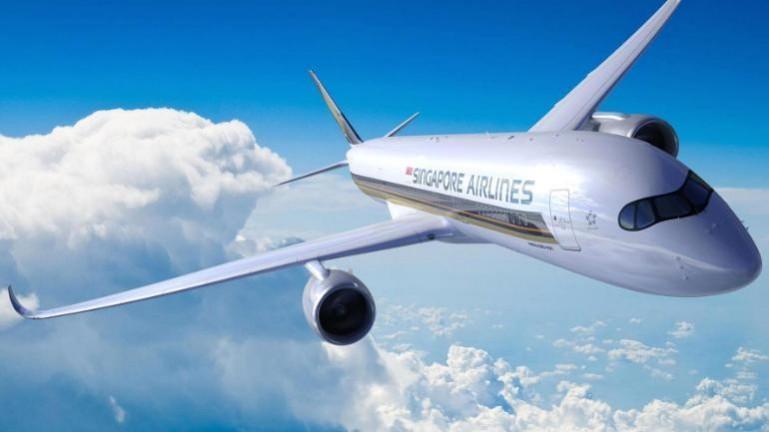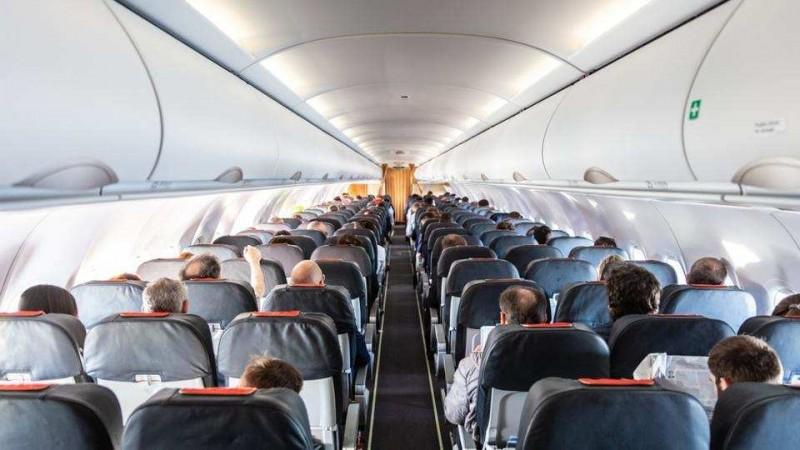Frequent flyers probably have the airplane safety instructions memorised, which often leads to skipping them completely when the air hostess is demonstrating them before take-off. Everything from strapping seat belts to keeping the window shades open and how to use oxygen masks in case of emergency is etched in our memory. But there are many more safety features in an airplane than the air hostess explains, which could someday save your life.
Certain things in an airplane, like that little hole in the window and yellow hooks on the wings are bound to ignite curiosity, but how often do you care to ask the flight attendant on what they do. If you haven't been able to get all the answers about the way certain things are on an airplane, you're in the right place.
Business Insider has picked 8 such airplane safety features people are rarely aware of, which can be more helpful than one can imagine in dire situations. Here's what the yellow hooks, hole in the window, black triangle, reason behind dimming of lights and more mean.
The tiny hole in the window
If you're a first-time flyer, you'd be alarmed by this. But there's no reason to panic as the hole in the airplane window is by design. The airplane window has three panes, inner, middle and outer. The inner pane is to prevent passengers from messing with the middle and outer panes, which take the pressure. The middle one is actually a fail-safe.

As for the hole in the inner window pane, which is called a bleed hole, it is to prevent your window from blowing out. That's right! The air pressure inside the plane is much greater than outside, which would cause any normal window to explode and the three-layer pane prevent that from happening. The hole also lets the moisture escape to the windows don't freeze.
Yellow hooks on the wings
Gazing into the clouds endlessly can be exhausting and if you got that seat where your view is disrupted by the wings, there's more to explore. If those tiny yellow hooks caught your attention and wonder what they did, we've got the answer.
The yellow hooks on the wings serve as an anchor for ropes to help passengers get to safety in case of a water landing. The hooks are also useful to tie rafts to the plane.
Oxygen without oxygen tanks
We've probably heard the safety instructions on how to put on the oxygen mask in case of an emergency landing, but you probably thought there are oxygen tanks stored somewhere in the plane. Well, they are not!

Oxygen tanks are too heavy and bulky to carry on airplanes, which is why a little chemistry comes to the rescue of passengers in need. The panels above the head contain small canisters that hold chlorate, barium peroxide and a pinch of potassium perchlorate. When these chemicals mix together, the hot chemical reaction releases oxygen and voila!
The lavatory trick
If you think you can lock yourself in the lavatory, there's a little trick that can override that lock. The flight attendants don't usually tell you this, but that plate that reads "lavatory" has a secret latch underneath. Simply lift the place and the latch can unlock a locked door in case of an emergency.
Is smoking allowed on a plane?
Smoking is prohibited on planes and doing so can fetch a hefty fine. But the airlines don't want to take chances, which is why an ashtray is installed in every lavatory, which is legally required to meet the minimum equipment criteria for a plane. The ashtray doesn't encourage smoking, but those who do, risking a hefty fine and in some cases, jail time, must use the ashtray to avoid starting a fire. The trash cans in the lavatory are filled with flammable materials, so it's not such a good idea to toss a cigarette bud in it.
Dimming lights and pulling window shades up
When the flight attendants verify and tell you to put the windows shades up, it's for your own good. In fact, it should be done without being prompted. The flight crew dims the lights and asks passengers to pull the window shades up before take-off and landing to give eyes time to adjust to the darkness. This will come in handy during evacuation as passengers won't have to lose precious seconds trying to get off the plane.

Black triangle
Not sure if you've noticed a little black or red triangle on an airplane. According to the report, the tiny triangles are referred to as "William Shatner's seat," which is a reference to a 1963 episode of "The Twilight Zone." These triangles are used to identify which windows have the best view of the wings in case a flap malfunctions.
Inflammable cushions
Finally, the seat cushions on an airplane can double up as floating devices and are also fireproof. This is mandatory under the Federal Aviation Administration 1984 guidelines for airplanes to have fireproof cushions.















